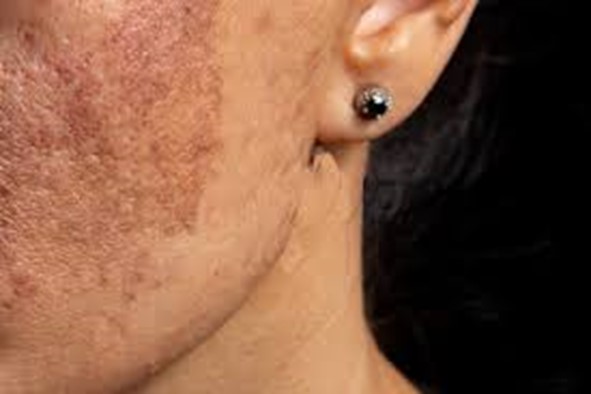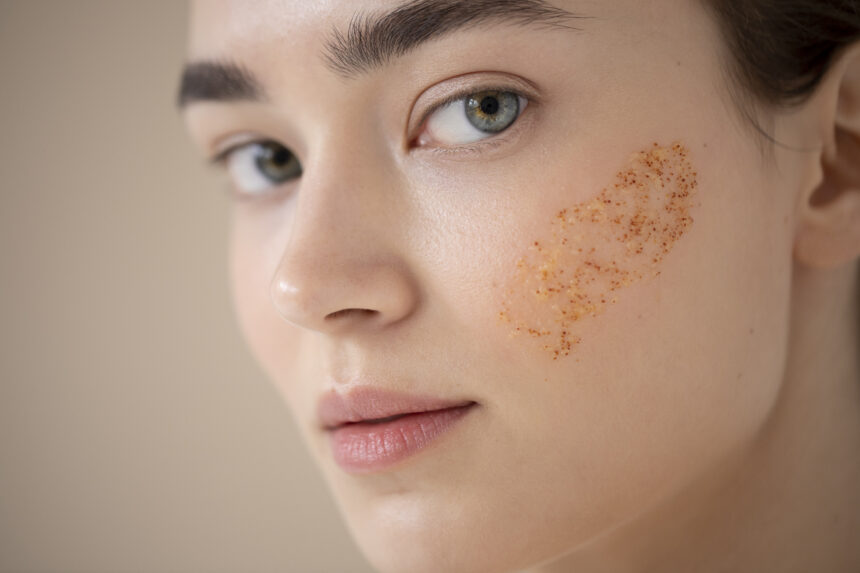Epidermal pigmentation is the color of the skin determined by a pigment produced by the epidermal cells called melanocytes. This pigment naturally differs among people and causes various skin tones found in different regions. However, changes in pigmentation may be established by some medical conditions, environmental factors, or lifestyle habits. In this blog post, we shall look at what may cause epidermal pigmentation, the types of pigmentation conditions, and their treatments.
Causes of Epidermal Pigmentation
Pigmentation is controlled mainly by genetics but other influences may also affect the amount and distribution of melanin produced, hence changing the skin color. The key causes of epidermal pigmentation include:
Genetics
Genes play an important role in determining a person’s skin tone and pigmentation. The melanin secretion and its distribution within the skin also differ based on genes.
Sun Exposure:
Ultraviolet radiation from the sun causes melanocytes to produce more melanin, leading to a darker skin tone or sun tan.
Hormonal Changes
Hormonal imbalance can be one of the reasons for epidermal pigmentation. Due to pregnancy, puberty, or any medicines; Melanin production can change. Melasma is an example of epidermal pigmentation that many people face due to many reasons like aging and hormonal changes.
Skin Damage or Irritation
Skin usually develops PIH after an injury or inflammation, such as acne, cuts, burns, or insect bites. The body may produce extra melanin from the effects of these events, which can lead to dark spots or discoloration.
Environmental Factors
Other Common Causes of Hyperpigmentation in Dubai are environmental factors like pollution and dirt particles; these generally include freckles, age spots, and sun-induced discoloration.
Medications
Some medicines lead to epidermal pigmentation. Drugs like oral contraceptives, chemotherapy drugs, or even steroids can make skin darker and dull.
Underlying Health Conditions
Some diseases related to the autoimmune system and the production of melanin, such as some liver disorders or some disorders of the adrenal gland, particularly Addison’s disease can also lead to hyperpigmentation.
Types of Epidermal Pigmentation Disorders
Pigmentation disorders can usually be divided into two major categories: hyperpigmentation or excessive melanin production, and hypopigmentation, which involves a lack of production of melanin. The most common types in the respective pigmentation include:
1. Hyperpigmentation Disorders
Hyperpigmentation means the occurrence of dark spots and patches on the skin. This can happen because of excess melanin in some parts of the body. In this type of pigmentation, some parts of the body may appear darker leaving the surrounding areas. The most common types of pigmentation that can occur on human bodies are melasma, freckles, and age spots.
Hypopigmentation Disorders
These are deficiencies of melanin, which are reflections of either loss or reduced amounts of melanin and corresponding pale patches of skin. Unlike hyperpigmentation, these types are generally there due to genetics and can also occur since birth. Although this pigmentation doesn’t hurt on the skin’s surface but can be a huge blow to the appearance and self-confidence of the person.

Treatment of Epidermal Pigmentation Disorders
The treatment depends on the type and cause of the condition. Some conditions require a lifestyle change, and other conditions require medical intervention. Some common treatments are:
Topical Lightening Agent: Retinoids (retinol), azelaic acid, or vitamin C inhibit melanin production and increase cellular turnover to lighten dark spots.
Chemical Peels: A dermatologist would perform chemical peeling of the skin to gently peel the surface and reduce the appearance of the hyperpigmented regions.
Laser Therapies: Lasers such as fractional CO2 or Q-switched lasers would break melanin in the skin, thereby destroying it further and reducing pigmentation.
Cosmetic Camouflage: Color-correcting or tanning agents are used through makeup or self-tanning products in order to conceal hypopigmented patches temporarily.
Radiofrequency therapy: Radiofrequency waves help in increasing collagen production thus, can make skin rejuvenated and reduce pigmentation as well.
Preventative Measures
Sunscreens: While it may concern hyperpigmentation, hypopigmentation, or any other kind of pigmentation disorder, sunscreen is one of the crucial ingredients to prevent the causative effects of UV rays, which worsen some pigmentation disorders.
Avoiding Triggers: In cases of melasma and PIH, these triggers include over-exposure to the sun, certain types of medications, or hormonal changes that worsen the disorder.
Proper skincare routine: A good skincare routine that consists of Glycolic acids, vitamin-C, or Retinols can be beneficial in reducing pigmentation while taking care of the skin texture at the same time.Epidermal pigmentation in Dubai is an incredibly complex feature of skin health and may be due to many factors, including genetics, lifestyle, and even environmental and medical factors. Whether one has excess or deficient pigmentation, there are treatment options and management strategies. Always consult a dermatologist for an appropriate prescription for the kind of disorder you are suffering from. By being proactive in the fields of sun protection, skincare, and treatment, you’ll be able to properly handle and enhance your skin’s looks.










 /home/u448362301/domains/theexpotab.com/public_html/wp-content/themes/foxiz/templates/popup.php on line 167
/home/u448362301/domains/theexpotab.com/public_html/wp-content/themes/foxiz/templates/popup.php on line 167